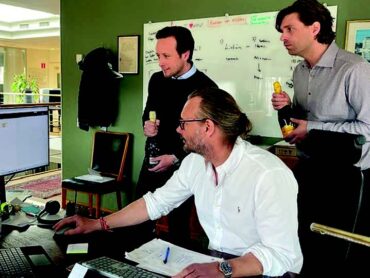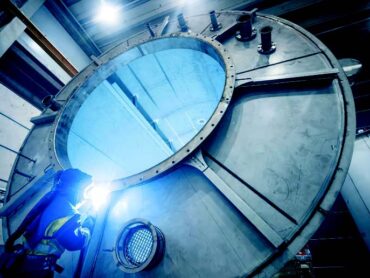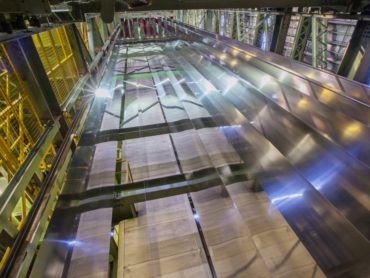In March 2019, FOBA provided the Innovation and Research Center (IFC) Tuttlingen at Furtwangen University (HFU) with a laser marking system. Since then, the system has proven itself in scientific research as well as for demonstration purposes in front of interested parties from the surrounding medical technology industry. The first study project using FOBA’s M2000-P laser marking system with a Y.0201 fiber laser systematically dealt with the determination of the laser parameters for the marking of Stainless steel instruments.
The purpose of the project thesis of a student of the applied materials degree program was to develop suitable laser parameter combinations for corrosion-resistant annealing marking on class 1.4021 / X20Crt13 type stainless steel. The resistance of the laser markings was verified using a cooking test in accordance with DIN EN ISO 13402. The effects of passivation, which is necessary in the context of instrument manufacturing, but which can lead to fading of the laser-marked characters, were also taken into particular account.
The project work was able to demonstrate that reproducible, corrosion-resistant marking of data matrix codes can be achieved using various parameter combinations. For this purpose, the data matrix codes were analyzed microscopically, macroscopically and using a code tester. After a corrosion test and passivation, the data matrix codes generated could easily be read by a blackness measuring device and a code checking device.
The results presented are helpful for providing manufacturers of medical instruments and implants with a basic guideline for the practical identification of suitable parameter combinations. This also supports in complying with the marking requirements of the European Medical Device Regulation (MDR), which will apply from 2020. However, all parameters but must be adapted individually in each case, depending on the material actually used and the specific employment of each application.
Perspectively, the scientific determination of laser parameters is qualified for a large number of possible future studies, e.g. based on even more extended corrosion tests, or with a view to reducing the marking time as well as to additional substrate materials. The large number of metals and plastics used in medical technology suggests that laser marking offers itself as a comprehensive research field with a high degree of practical relevance, especially since the complex technological processes on the material surface have often not yet been researched in detail.
In addition, FOBA uses the study results to further develop its own marking software, in particular the parameter expert function contained therein. This function facilitates the parameter determination for the user by means of predetermined values that are already preset in order to suit with and facilitate the work with different materials.
FOBA Laser Marking + Engraving
www.fobalaser.com








